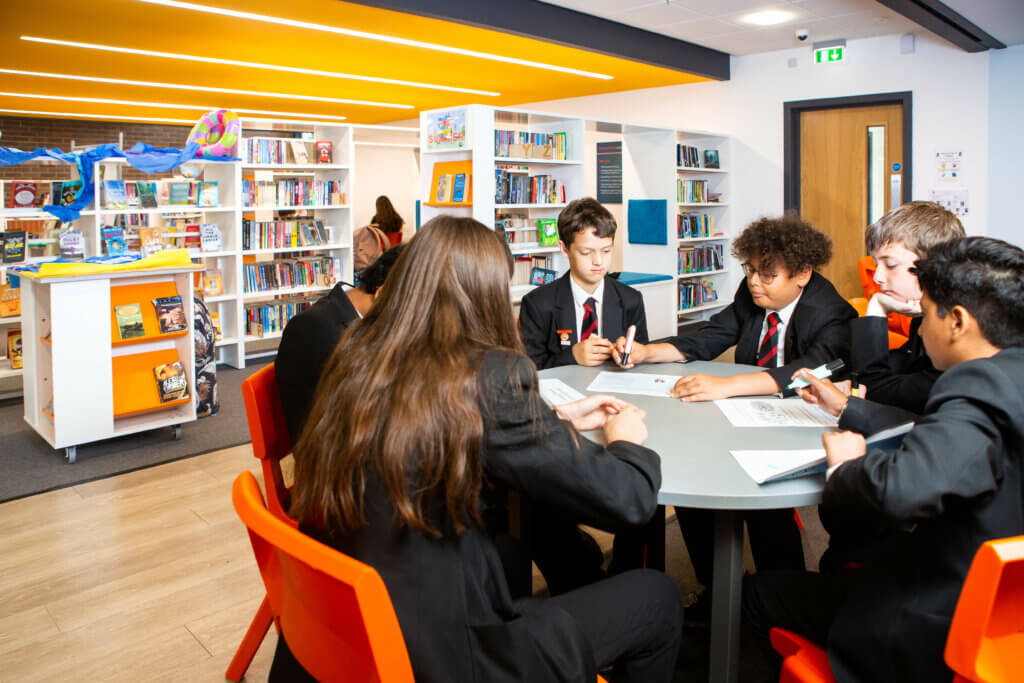Every day, our Education Team are in schools across the country talking to children, young people, teachers and parents about their experiences online and how they can stay safe on the internet.
In this series of blogs we look to answer some of the most frequently asked questions from these sessions. This blog is for parents and carers, giving advice and looking at the ways in which you can decide what games and apps are suitable for your children.
“But everyone else is playing it!”
This is something parents tell us they hear a lot from their children. As each new gaming fad or craze progresses, children can sometimes feel like they’re the only one who’s being left out. However, it can be helpful for parents to dig a little deeper.
It’s important to remember that just because everyone at school is talking about a game, it doesn’t necessarily mean that they are playing it.
Try talking to other parents and asking if their children are playing it. It’s easy for these kind of things to get exaggerated and you may find that far fewer of your children’s classmates are actually playing it than it may have initially appeared.
“Well maybe not everyone is! But so-and-so definitely is!”
This can be a real challenge for all parents – you don’t want to be the reason your child is left out, but you also have a responsibility to keep them safe and make sure they are playing games that are appropriate for them.
Regardless of how many of your child’s classmates are using a new app or game, it’s vital you make your own judgement about how suitable it is.
There are a few different ways to make this judgement – but research is key. Downloading and using the game or app yourself is a great idea to experience first-hand what your child may be exposed to. Understandably for some parents, this can seem a little intimidating but it will also mean you’re well placed to support your child if you go on to let them use it too.
Alternatively there are other places you can go for more information:
NetAware – this is a collaboration between O2 and the NSPCC. It is available as both a website and mobile app. Parents can get information on some of the most popular services with young people, including the types of content children could be exposed to when using a service and what other parents are saying about it.
Common Sense Media – this organisation provide detailed information on a vast number of games, apps, films, television programmes and even music. They include a breakdown of the type of content children might be exposed to, photos from within the gameplay and written reviews from both parents and children.
“So can I get it? Please…”
Once you’ve made your decision it’s time to break the news to your child. Whatever conclusion you’ve come to, this is a fantastic opportunity to start a conversation more generally about online safety.
If you’ve decided that you are happy for your child to play the game then it’s worth setting some boundaries.
You could use this opportunity to set time limits per day or per week. You might want to use the game as a reward after chores or homework are complete. Perhaps you want your child to turn off the chat function or set up their account so that they can only talk to friends they already know.
Our family agreement provides advice and a framework that can help families set clear expectations for safe and positive internet use.
If you’ve decided the game isn’t suitable, then it’s important to explain to your child why. It may be useful to show them what you found in your research to help them understand your concerns. This way they know that you’re not just saying no to be mean, but because it’s your job as a parent to protect them.
Another good idea is to set a timeframe for reviewing the decision:
“At the moment I think the content on this game would be too scary for you and I’m concerned about the ability to chat with strangers. If you still want the game in two months’ time, then we’ll sit down again then and talk about it some more.”


